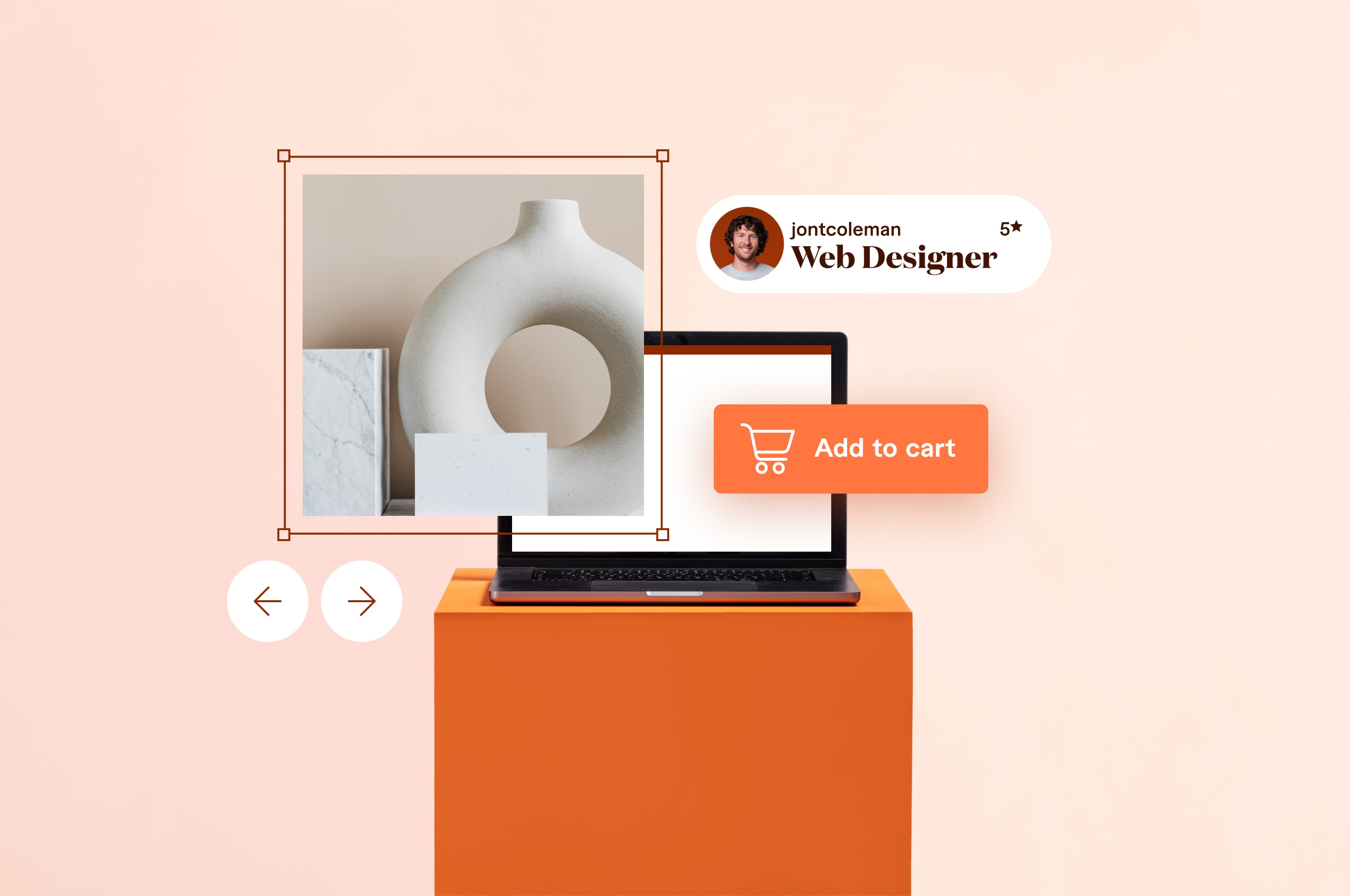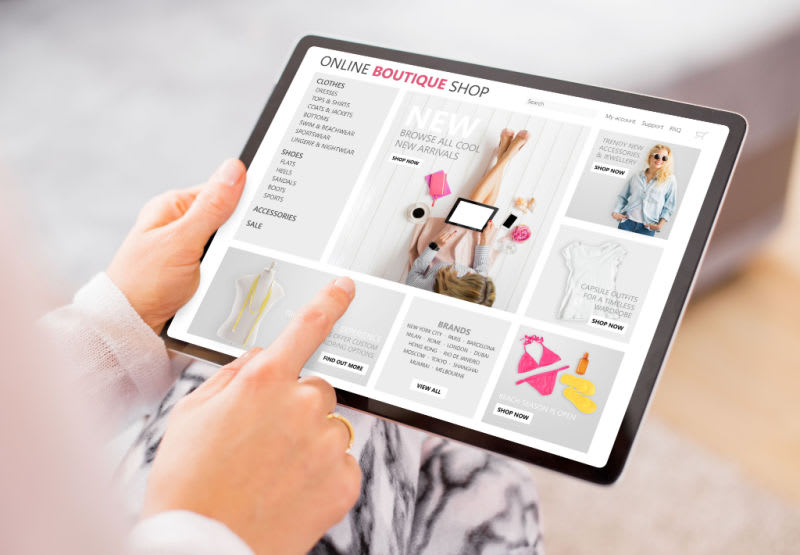10 B2B Ecommerce Trends to Dominate the Market in 2024
The B2B ecommerce industry is constantly evolving. To help you keep up, we’ve listed 10 trends that will help you win in 2023.
 July 31, 2023
July 31, 2023 10 minute reading
10 minute reading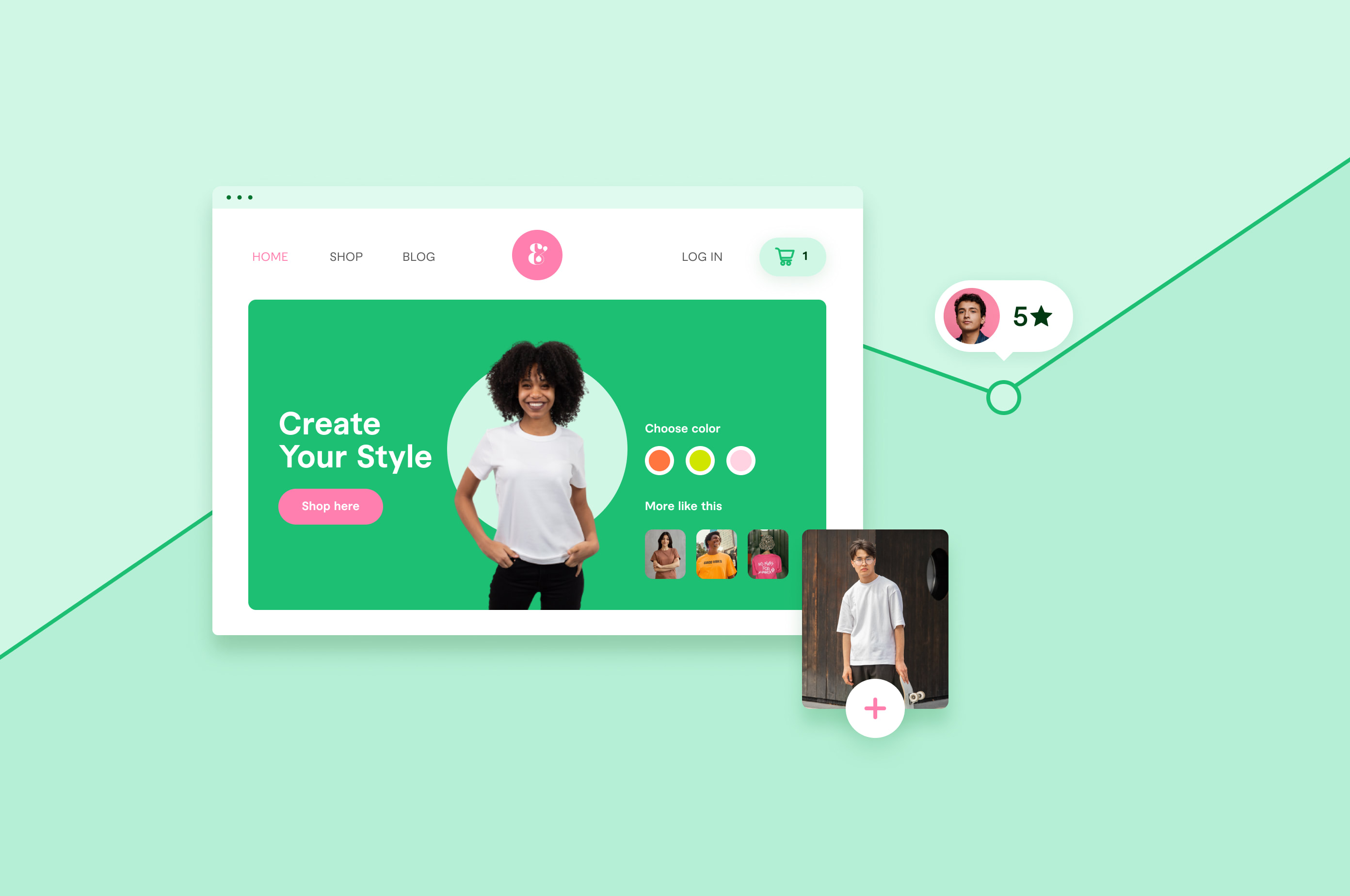
The B2B ecommerce landscape, like any industry, is constantly evolving—and things are no different in 2023. From the rise of headless commerce to a shift to subscription-based models, the industry is seeing a massive change in how consumers do business.
In the past, B2B companies have been slow to adopt ecommerce, with face-to-face interactions being the most important sales channel. But with the pandemic forcing more companies to buy and sell digitally, that’s changed.
Today, more than 60% of companies in the US offer ecommerce options, and two-thirds of corporate customers choose a remote/digital option for engagement when given a choice.
Priorities and your sales preferences are changing. Getting ahead of the current trends can help you improve your bottom line in the upcoming quarters.
10 ecommerce trends to keep an eye on in 2023
B2B ecommerce brands have their work cut out with the different trends taking shape this year. Here’s what they should think of adopting now:
Hire ecommerce talent to market your B2B store
1. Social commerce
Social commerce is expected to account for 17% of ecommerce spending by 2025. A key reason for that is the simplicity it brings to the process.
Buyers don’t want to visit your website and wade through products without knowing if you cater to them. Instead, they want to find information on a channel they already use and try to mine as much information as possible. This is evident from the fact that 46% of B2B buyers turn to social media at the beginning of the buying process.
Plus, buyers can view your products within an app, just like B2C companies do—resulting in higher sales from social channels. This is why 55% of businesses say social media contributes most to their bottom line.
2. Omnichannel experiences
Omnichannel experiences let customers search or purchase using different channels while offering a unified experience on all these channels. For instance, you can sell products on your website and on social channels like Instagram—allowing customers to place orders irrespective of the channel.
Sebastian Lyner, chief operating officer (COO) of Emplicit, explains that B2B customers prefer an omnichannel experience because they like the intuitiveness of the B2C experience and expect the same features and functionality that these experiences offer.
“B2B customers are becoming more willing to have a self-service interaction through cloud applications, mobile experiences, and other technologies rather than face-to-face or phone interactions,” Lyner says.
Also, B2B customers currently use 10 or more channels to engage with suppliers—a marked increase from 2016. Lyner recommends taking advantage of this change and making the digital experience as frictionless as possible by investing in this strategy.
3. Sustainable supply chains
Investing in a sustainable product and business strategy is not just a responsible choice anymore—it’s also a strategic one.
Amazon’s State of Business Procurement report states that 69% of B2B buyers are required by their organization to purchase from sustainable sellers only.
This is why more ecommerce businesses are investing in a sustainable strategy that attracts more customers. A simple way to do that is to audit your supply chain.
Companies like Good Start Packaging, a B2B ecommerce retailer, offer eco-friendly packaging. Its packaging material is made of plant-based fibers that decompose within six months, making it sustainable. Good Start also uses fewer resources for manufacturing and makes most of its products in the United States, its home ground. This reduces its carbon footprint as they don’t have to ship in materials from different locations across the world.

4. Subscription-based models
B2B sales are relationship-driven, which is one of the reasons buyers in this sector were slow to adopt ecommerce solutions. But the shift in buying patterns during the pandemic eventually turned things to their favor. But sellers soon realized that the profit margins were too low on direct B2B ecommerce sales—resulting in the need for a more stable income stream.
Young Pham, co-founder and project manager of Bizreport, says ecommerce platforms are no longer content with selling products.
“B2B platforms are now trying to expand their revenue streams by offering users additional subscription-based value-added services,” says Pham. “Think of it as a smaller version of Amazon Prime. These services are designed to give customers more exclusivity in terms of the type of products they can access, priority shipping agreements, discounts, and so much more.”
Subscription-based models have also increased in popularity because of the benefits it offers. Some of them include:
Increases customer lifetime value (CLV)
Increases seller’s revenue over time
Creates a predictable revenue stream
Reduces effort on your customer’s part
Reduces the need to close more one-time deals
Allows you to forecast budget and inventory
This is why the subscription ecommerce market is expected to grow to $14.82 trillion by 2027, at an annual growth rate of 65.8%. Consider offering a bundled subscription option to make it easier for your sales teams and customers.
5. Seamless website experiences
Your website acts as a significant revenue channel.
Storyblok’s State of Ecommerce report found that most customers decide to stay or leave the website within the first 10 seconds, with 13.9% deciding in the first five seconds. How you structure your website, your product page-to-cart flow, and your delivery/shipping options make a huge difference in your conversion rates.
The report also states that the top reasons influencing a purchase are ease of navigation, fast loading speeds, and aesthetics. If you fall short on any of these aspects, it could cost you thousands of dollars in sales each year—$72,000 on average, in fact.
And with most B2B buyers using mobile devices to evaluate sellers, having a well-optimized mobile website is a must. Like the B2C sector, the B2B sector is becoming more open to mobile ordering, due, in part, to the pandemic.

Source: McKinsey
Optimize your website to ensure customers can find products easily, get personalized recommendations, and make speedy purchases, improving your conversion rates. Also, offer customers more payment options, including a one-click checkout, so there’s no friction.
6. Headless commerce solutions
A recent report found that 59% of ecommerce brands plan on implementing headless commerce in the next two years, and for good reason. While some want more flexibility to customize the digital experience, others wish to increase agility in their back end.
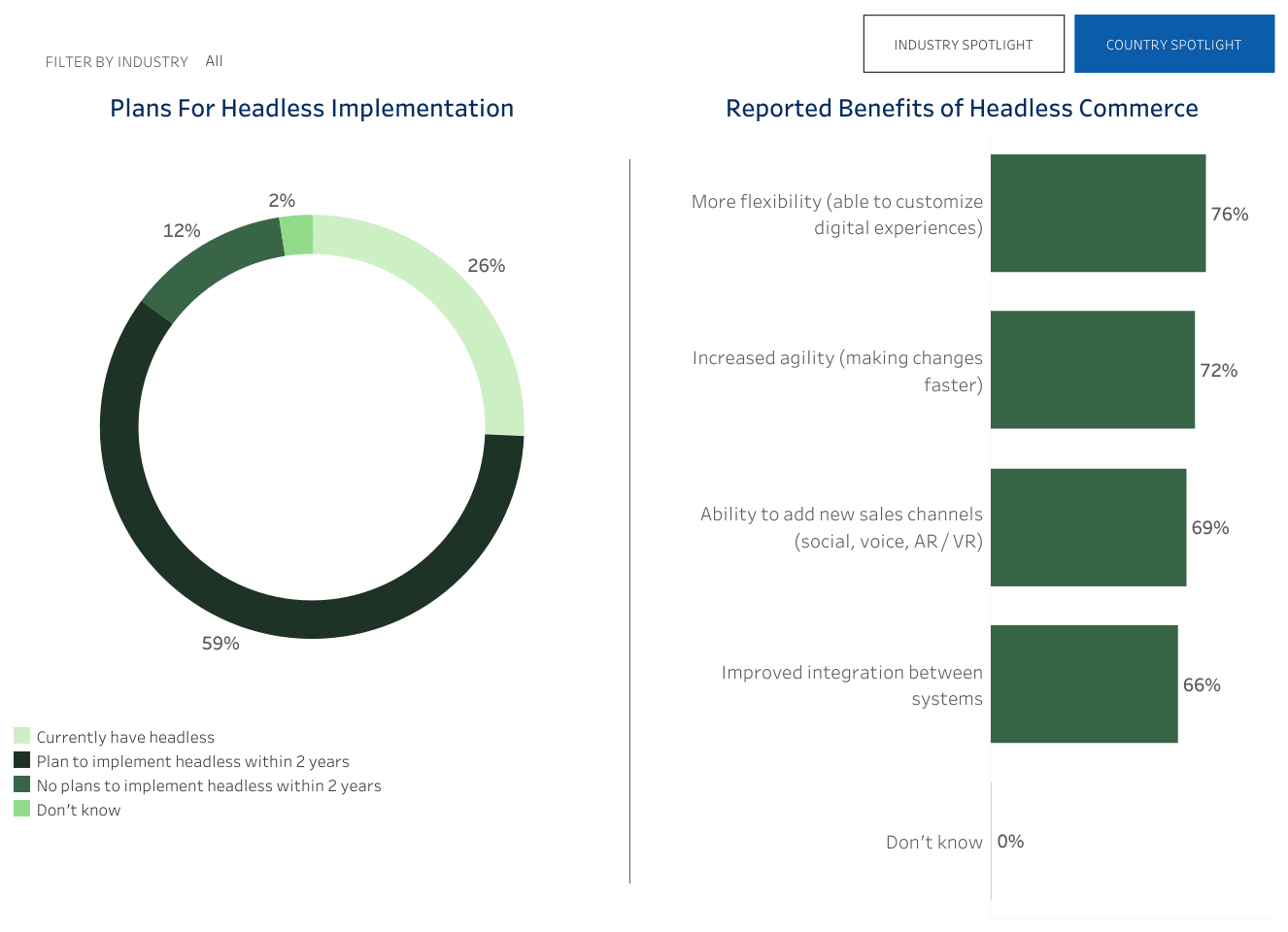
Source: Salesforce
All in all, headless commerce will soon become the norm.
In headless commerce, the front end and back end of your website are decoupled so you can make changes and keep up with market demands. This means that if you make a change on the back end, it won’t be live on your website unless you publish it.
Going headless enables companies to deliver a seamless and immersive website experience—one that’s optimized for high engagement and conversion.
You can integrate different third-party providers to synchronize data in real-time, helping you offer a dynamic experience that suits every customer’s needs on your website.
Plus, you can experiment with technologies like voice assistants and augmented reality (AR) on the back end (but only make them live on your website once you know their efficacy). This allows you to test functionality and choose those that make sense for your business.
7. Product discovery
In a recent article, Brian Glynn, the general manager of commerce at Coveo, said there are three challenges B2B customers face on an ecommerce website:
Buyers don’t get specific pricing packages or discounts.
Product lead times are too high when critical machinery is down.
A lack of personalization due to the presence of a buying committee.
These challenges lead to lower conversion rates for B2B brands because most buyers have come to expect a B2C-like experience. It boils down to one issue: lack of search optimization and analytics.
It’s harder to cater to the needs of these brands when you have no idea what customers are searching for and what they expect. But with a product information management system (PIM), you can avoid this issue.
These products help ecommerce companies manage product data and provide up-to-date information to customers at all times. They offer an intuitive search experience based on their browsing history and the brand’s internal KPIs.
For instance, Constructor offers a product discovery solution that matches its shoppers’ browsing behavior. It helps you personalize the discovery experience to meet the buyer where they’re at.
When you use such solutions, it becomes simpler to offer product packages, identify in-demand items, and personalize the experience to an entire buying committee.
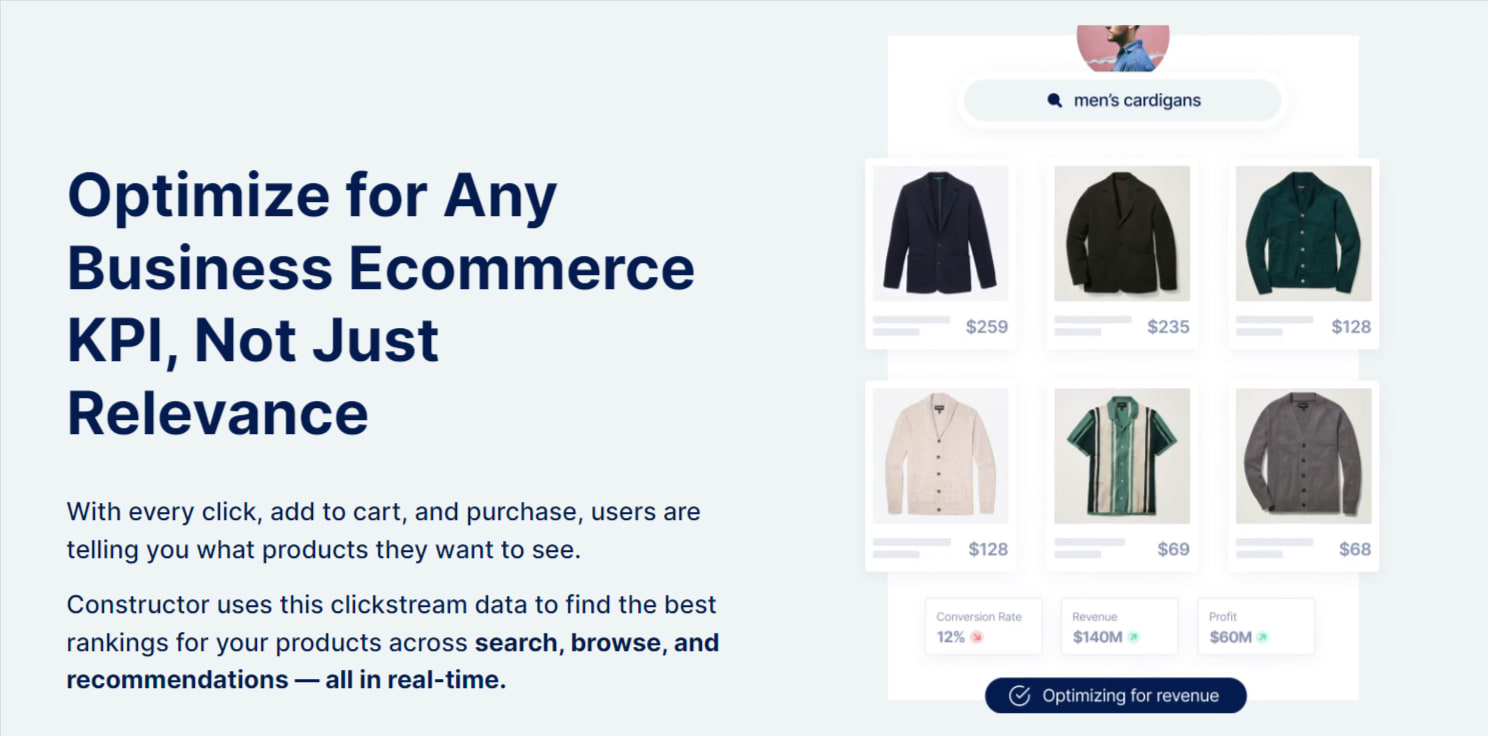
8. Virtual and augmented reality
One of the hottest trends in online retail is the use of virtual reality (VR) and augmented reality (AR) solutions. The ability to try on or preview a product without physically holding it was a massive success in the B2C sector. Now, B2B businesses are adopting this strategy for higher conversion rates.
Companies like Cisco use Blippar’s AR creation tool to help buyers preview a product’s specifications and compatibility by previewing it virtually. This creates an immersive experience that mimics an in-person engagement and increases buyer confidence before purchase.
Plus, when the customer receives the product, they can use the camera on their device (mobile or tablet) and Blippar’s application to get a run-down on how to install it. By eliminating the need to read a manual, Cisco increased installation rates by 30%.

Source: YouTube
By making it easy to preview and install a tool, you can empower buyers to visualize typically complex products—even if they don’t have a technical background. It also creates a memorable experience for them, increasing brand recall and customer satisfaction in the long run.
9. Personalized experiences
A recent report by Segment found that 56% of customers become repeat buyers after a personalized experience—a 7% increase over the previous year. In addition, 80% of business leaders say customers spend more when their experience is personalized.
So investing in a solution that helps you dig into customer data and make informed decisions on product recommendations, marketing plans, and sales strategies will go a long way. The reason is that they make customers feel valued—deepening the connection between them and your brand.
Many companies are already getting ahead of this. Emplicit, an ecommerce maximization partner, created real-time customer-level pricing for a tri-state food and drink supplier. The prices were based on customer agreement and product availability. Using this strategy, it grew its total revenue by 200% in three years—making online channels its main driver.
Focus on meeting the buyer’s needs and drive repeat business through personalization.
10. Self-service portals
Self-service portals allow customers to browse options at their convenience, without engaging with a sales representative if they don’t want to.
“B2B customers are becoming more willing to have a self-service interaction through new technology rather than face-to-face or phone interactions,” says Emplicit’s COO Lyner. “To take advantage of this changing attitude, brands should focus on making the digital experience frictionless. Use user experience or customer experience designers to create or improve self-service portals.”
Eighteen percent of B2B buyers already use self-service portals to make purchases when available. And why not? They can access the product catalog when they want and make purchases directly on the website—without waiting days to get a call/email back.
FashionGo, a wholesale clothing marketplace, does this well. It allows only registered retailers to buy products on its sites. Buyers need a seller’s permit to confirm their account—without which, they can’t register and browse the products.

Outshine your competitors by adopting current B2B ecommerce trends
B2B ecommerce has seen many changes in the past four years, thanks to the pandemic, and the opportunities are only increasing.
As more buyers want a B2C feel in this sector, many businesses are already getting ahead by adopting B2C-specific approaches. Whether that’s self-service portals or subscription models, those who take a proactive approach to adopt and adapt will win in the long term.
If you’re looking for ecommerce strategists and managers whose job is to keep a pulse on market trends—consider hiring an ecommerce expert on Fiverr. They know how the market is moving, what your buyers need, and the pitfalls in your business that are draining your bottom line.
If you’re ready to take the next step for your ecommerce business, sign up for Fiverr today and hire an ecommerce expert.

